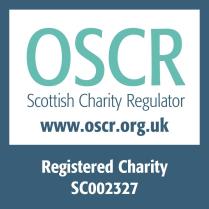About us
We exist to defend the right to a safe home and fight the devastating impact the housing emergency has on people and society.
We do this with campaigns, advice and support – and we never give up.
We believe that home is everything.
What we do
Campaign with us

Fundraise for us
Who we are
Our staff and supporters have been fighting for affordable, decent homes in Scotland since we were formed in 1968.
We're committed to a 10-year strategy designed to transform ourselves, the housing system and the country.
Help us fight the housing emergency and achieve our vision of a safe, secure and affordable home for everyone.
We’re here for everyone, but only with your support
OSCR registered charity
Shelter Scotland are proud to be registered with the Scottish Charity Regulator, an independent registrar of over 24,000 charities in Scotland. OSCR aims to increase the public's confidence in charities.


